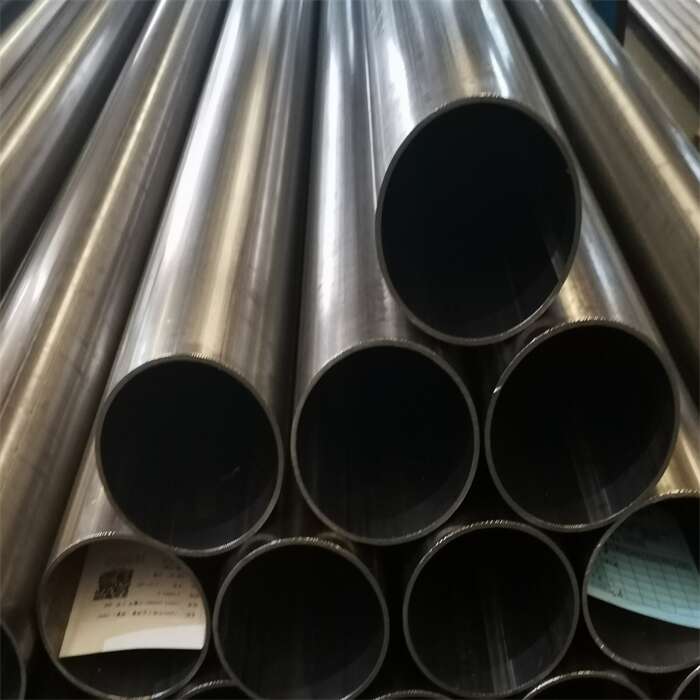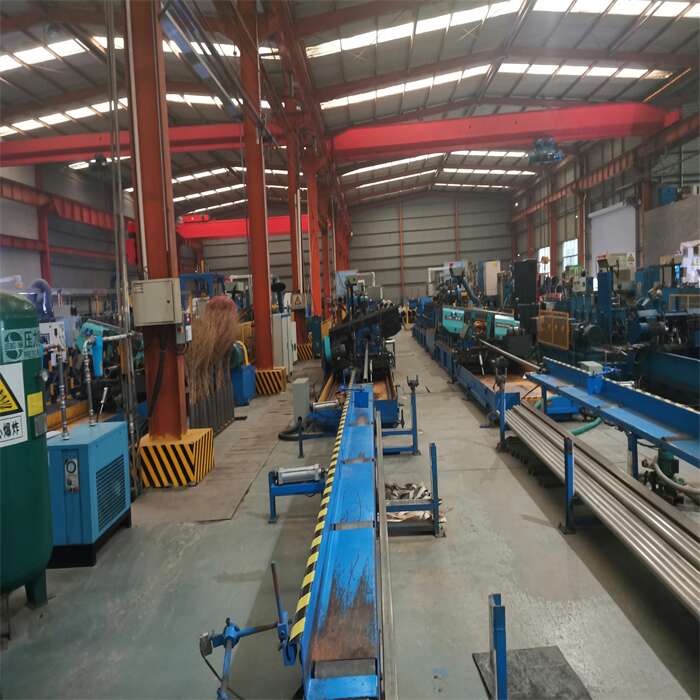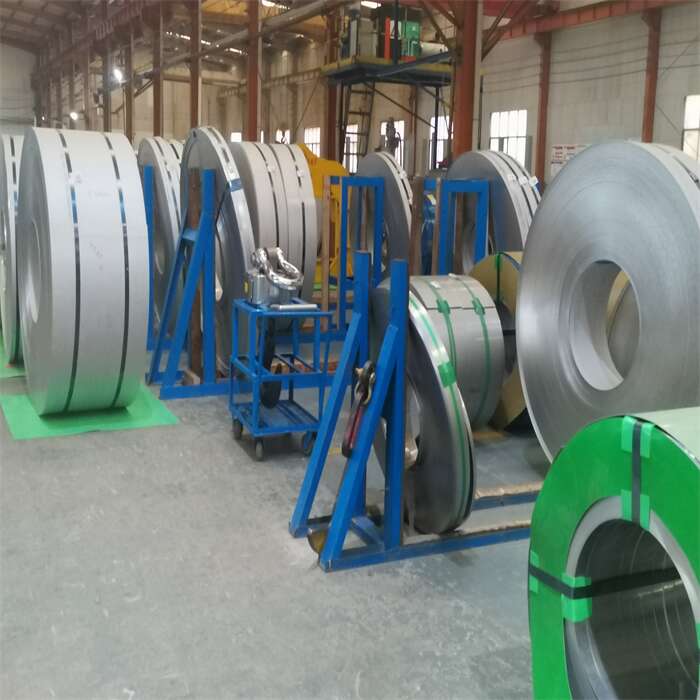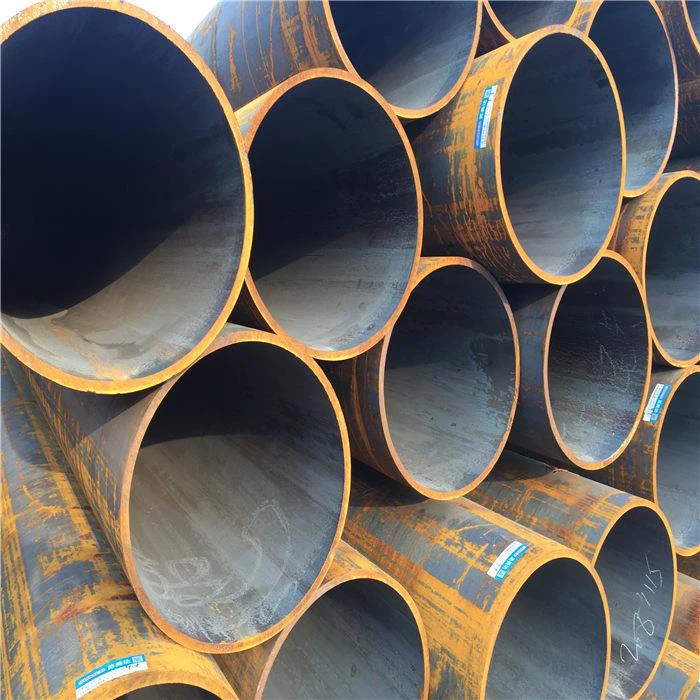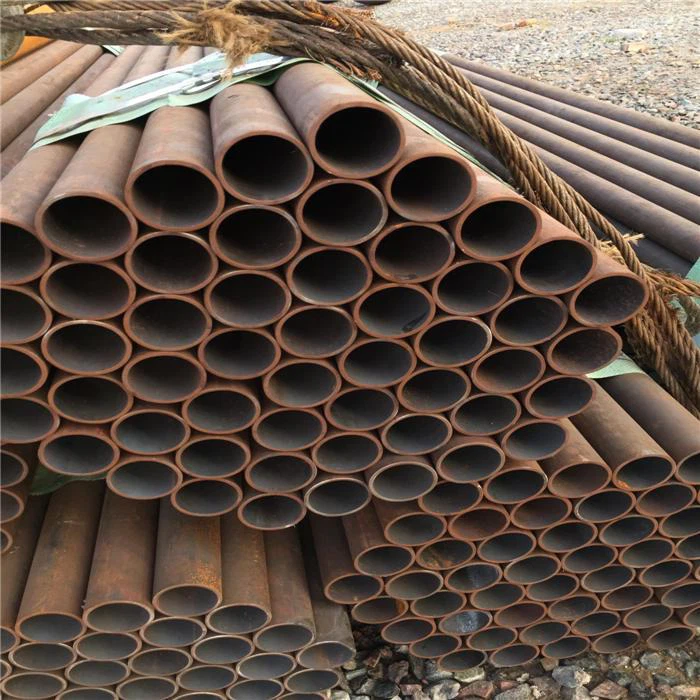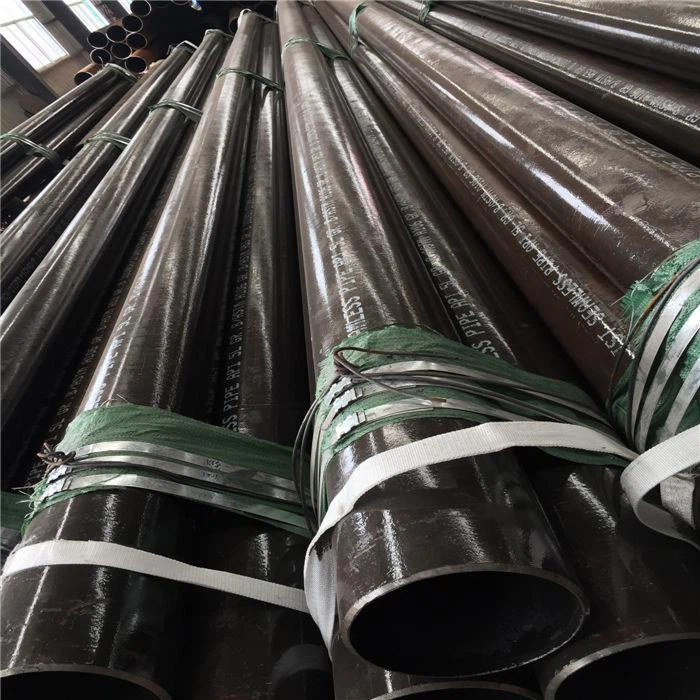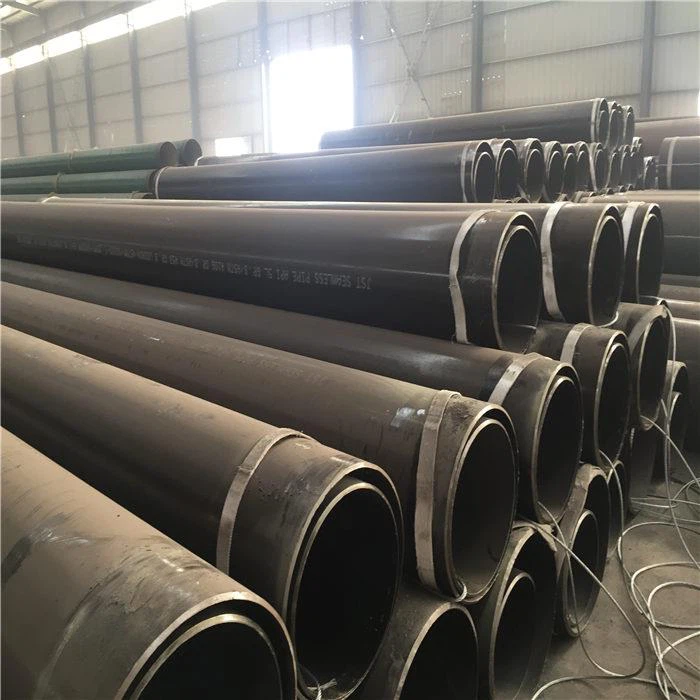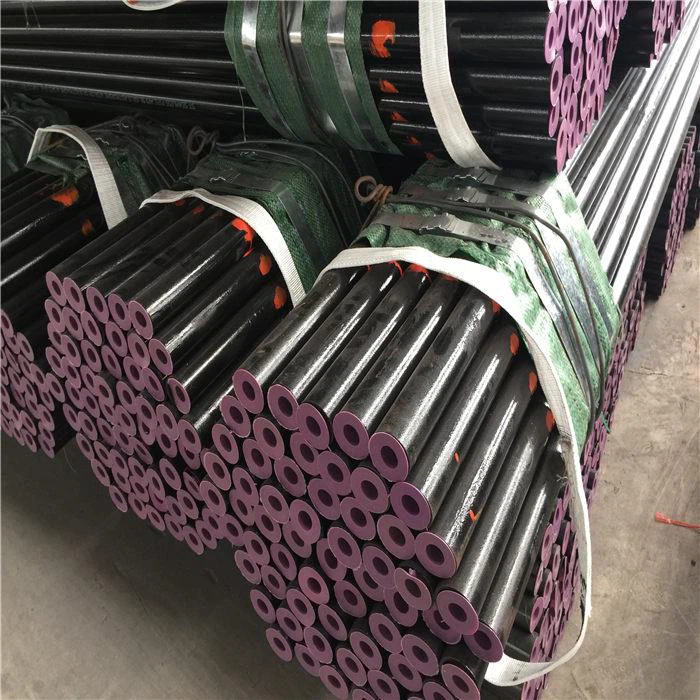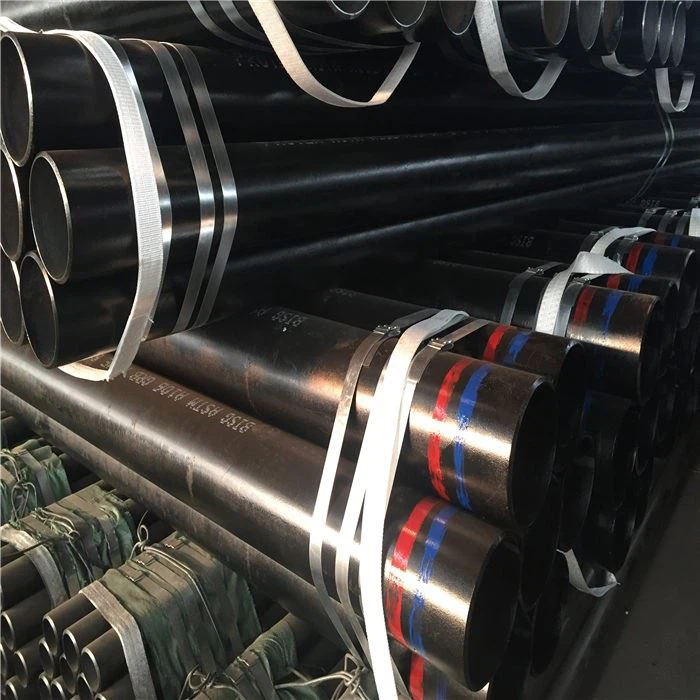Laser heat treatment technology for steel
Steel laser heat treatment technology is an advanced process that uses high-energy-density laser beams to rapidly heat and cool the surface of steel, aiming to significantly enhance the surface properties of materials. This technology rapidly scans the surface of steel with a laser beam, enabling it to reach the phase transformation temperature and form austenite in an extremely short period of time. Subsequently, it relies on the self-cooling quenching of the matrix to transform into a high-hardness martensitic structure, achieving surface strengthening. Its core advantages include high hardness (15%-20% higher than conventional quenching), minimal deformation, no need for cooling medium, suitability for complex shapes and local treatments, and controllable depth of the hardened layer (typically 0.1-2.0 millimeters). This technology is widely applied in fields such as automotive manufacturing, mold strengthening, heavy machinery, and precision parts, effectively extending the lifespan of components and enhancing their wear resistance, fatigue resistance, and other properties. In the future, with the development of intelligent, automated and green manufacturing, laser heat treatment technology will further expand its application prospects.
Laser heat treatment, also known as laser quenching or laser phase transformation hardening, its core is to use a laser beam with high power density (usually greater than 0.1kW /mm²) as the heat source to scan the surface of steel at an extremely fast speed (heating to above the phase transformation temperature in just a few percent of a second).
The irradiated metal surface will rapidly absorb light energy and convert it into heat energy, causing the temperature of an extremely thin layer of surface material to rise sharply above the phase transformation point (Ac3 or Ac1), forming austenite. Due to the extremely fast heating rate (up to 10³ to 10⁷ °C/s), the heat-affected zone is small, and the base metal acts as a huge "cold source". When the laser beam is moved away, the heat will rapidly conduct into the interior, causing the heating zone to self-cool and quenched at a rate exceeding the critical cooling speed, thereby transforming into a high-hardness martensitic structure or other fine-grained structure, achieving surface strengthening.
It is worth noting that the characteristics of the laser beam are crucial to the process effect. Laser has the characteristics of directional emission, extremely high brightness, extremely pure color and extremely high energy density, which enables the energy to be highly concentrated and precisely transferred to the surface of the workpiece.
My company hot sale stainless steel pipe:
TP304/304L, TP316/TP316L, TP347, stainless steel welded Pipes, stainless seamless pipes, stainless steel welded and seamless pipes, (1” to 48” sch10, sch20, sch40, sch80),
TP321, TP347 stainless steel seamless pipes,
